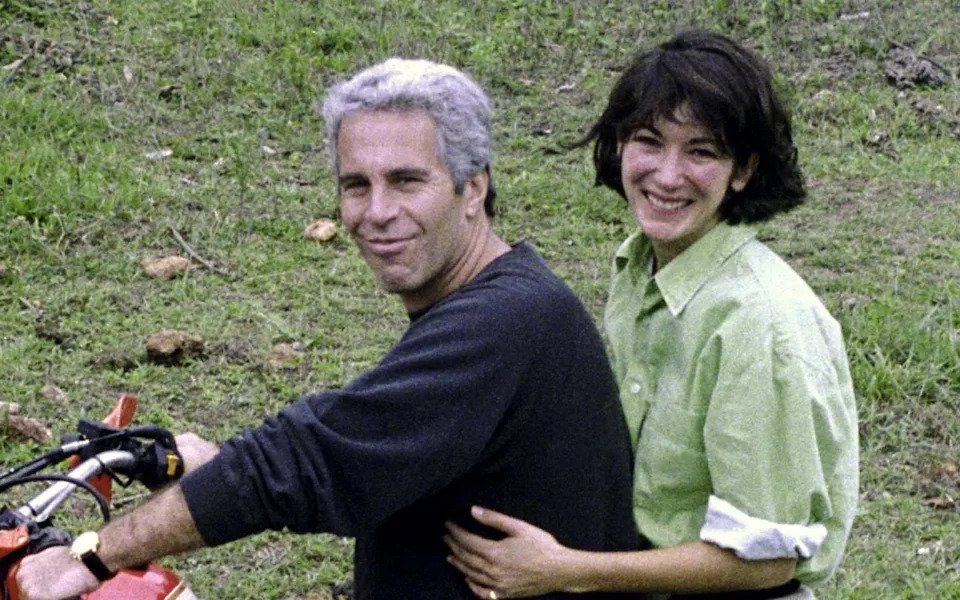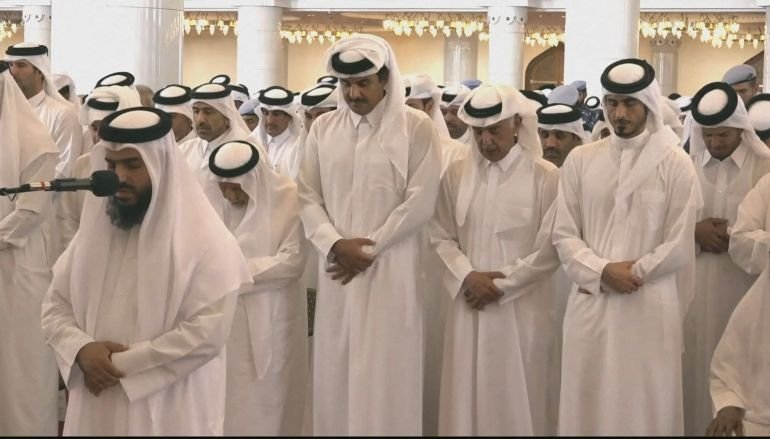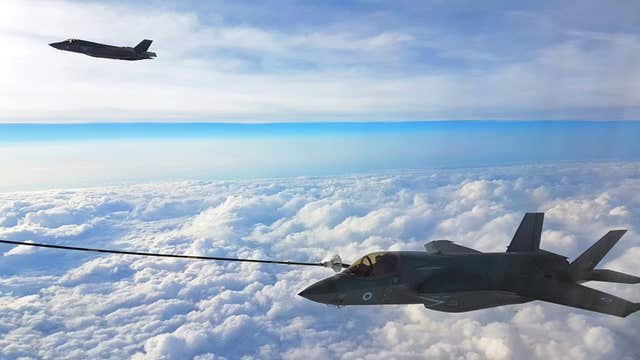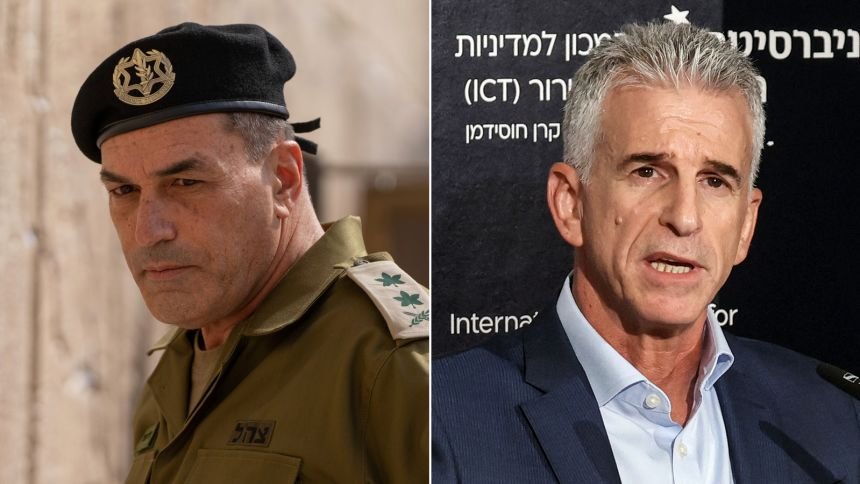
Izz al-Din al-Haddad, the commander of the northern Gaza brigade, and alleged replacement for Hamas military leader Mohammed Sinwar. (photo credit: SCREENSHOT/X/VIA SECTION 27A OF THE COPYRIGHT ACT)
Inside the power struggle: Hamas commander Izz al-Din al-Haddad and Israel’s next move.
The search for a Gaza ceasefire has begun to resemble the old French game effeuiller la marguerite: plucking daisy petals one by one – “he loves me, he loves me not.”
For months, headlines have echoed the same uncertainty. Statements by Israeli, Egyptian, Qatari, American, and Hamas officials sent the public down one dark tunnel after another. The poor daisy offered no answer, and the petals seemed endless as people kept asking whether a ceasefire would come.
Two conflicting messages recently emerged from the Israeli prime minister’s inner circle. “No to a partial deal, but we might consider it,” was the flip-flop heard repeatedly in recent months.
This time, though, the picture looks different. According to American, Egyptian, and Qatari mediators, Hamas has backed down from earlier demands and moved closer to the mediators’ parameters for a partial deal. The shift followed a last-ditch effort by Egypt, which invited Hamas leaders abroad.
Representatives of seven Palestinian factions pressed Hamas’ political leadership to move forward with an agreement and shield the Gaza Strip from a wider Israeli military assault.

An illustrative photo of Hamas terrorists with hostage demonstrations in the background. (credit: Miriam Alster/Flash90, Reuters/Ibraheem Abu Mustafa)
Maj.-Gen. Hassan Rashad, head of Egypt’s General Intelligence Service, delivered a firm message. Cairo would no longer tolerate stalling, he said. A ceasefire in Gaza was essential, and both Egyptian and Hamas leadership were counting on support.
Representatives from all groups, including Hamas’ close allies in the Popular Front for the Liberation of Palestine (PFLP) and Palestinian Islamic Jihad, voted in favor of the deal. This was the outcome Cairo had pushed for, pulling the rope away from the tug-of-war between Netanyahu and Gaza strongman Izz al-Din al-Haddad.
Rashad now expects the goal to be realized: a ceasefire, followed by a broader agreement to end the war in Gaza.
Bringing those Palestinian factions into the talks may tip the balance toward Hamas’ political leadership abroad and weaken Haddad’s veto power.
Israel’s position is not yet final, but signs suggest Hamas may have reached the end of its resistance and is prepared to accept the mediators’ ceasefire framework. The Cairo vote outweighed Haddad’s influence, especially after he wrote to Khalil al-Hayya, Hamas’ newly appointed leader after the assassination of Yahya Sinwar.
Haddad warned that the Izzadin al-Qassam Brigades, Hamas’ armed wing, would reject any deal reached in Doha or Cairo if it did not include clear dates and a roadmap for ending Israel’s military presence in Gaza.
Israeli Prime Minister Benjamin Netanyahu’s indecision remains a stumbling block. Haddad has also fueled hesitation within Hamas’ political leadership over whether to compromise. Now that all factions backing Hamas in its rivalry with the Palestinian Authority have supported the move, Haddad will struggle to justify rejecting it.
Netanyahu, for his part, has an unusual opportunity. With the Knesset on recess, the threat of government collapse is off the table. Finance Minister Bezalel Smotrich and National Security Minister Itamar Ben-Gvir’s threats to resign no longer frighten him. The opening allows Netanyahu to proceed with the deal while repeating his familiar line: the fight against Hamas will resume once Israeli captives return home, dead or alive.
The question is whether Netanyahu will risk an open clash with President Donald Trump. The US president has become obsessed with the idea of winning the Nobel Peace Prize and is likely to vent his anger on Netanyahu if he blocks a 60-day ceasefire deal and its provisions in pursuit of “complete victory.”
Who is Izz al-Din al-Haddad, better known as ‘the ghost?’
So who is Izz al-Din al-Haddad? Known as Abu Suhaib, he is Hamas’ highest-ranking commander in Gaza. His other nom de guerre is “The Ghost.” He is one of the few senior Hamas officers still alive after Israel’s 23-month war eliminated many top figures, including Mohammed Deif, Marwan Issa, and Yahya and Mohammed Sinwar.
Currently, Abu Suhaib commands the Gaza City Brigade, the Hamas force expected to face Israel’s army if a decision is made to storm and recapture the city. He is also considered the likely commander-in-chief of Hamas’ forces in Gaza, since no other appointment has been announced.
Haddad joined Hamas in 1987, the year of its founding, rising from soldier to platoon commander to brigade leader. He survived multiple Israeli assassination attempts, and Israel reportedly offered a $750,000 reward for information leading to his capture.
Israel blames Haddad for a central role in planning the October 7, 2023, attack. He allegedly drafted directives sent to Hamas brigade commanders instructing them to capture Israeli soldiers on camera during the assault. The goal, Hamas believed, was to broadcast the attack live worldwide, maximizing its impact despite the imbalance between Hamas’ limited capacity and Israel’s firepower.
In his letter to al-Hayyeh, Haddad wrote, “The fighters in Gaza would firmly reject anything less than complete Israeli withdrawal from the Gaza Strip.” Mediators are reportedly seeking verbal guarantees that after the 60-day ceasefire, a process to end the war and withdraw Israeli forces will begin – a promise as fragile as snow in midsummer.
Haddad sees the situation as mirroring Netanyahu’s strategy, though with opposite aims. Netanyahu seeks prolonged war to achieve “complete victory,” while Haddad hopes to drag Israel into a grueling guerrilla conflict that inflicts heavy costs in soldiers, weapons, and prestige.
Palestinian civilian losses, Haddad believes, are no different than in the eyes of Hamas’ political leaders who fled Gaza before the war and settled into luxury in Doha, Istanbul, Beirut, and other cities.
When asked why Gaza’s tunnels were not used to shield civilians from Israeli airstrikes, Hamas Political Bureau Member Mousa Abu Marzook replied that civilian protection was the responsibility of the United Nations Relief and Works Agency (UNRWA), not Hamas. The tunnels, he said, were hideouts for Hamas fighters only.
Haddad’s demands for ending the war include lifting Israel’s blockade, releasing long-term Palestinian prisoners, and rebuilding Gaza – while keeping Hamas in control. Netanyahu, by contrast, envisions a Gaza free of both Hamas and the Palestinian Authority.
The October 7 attack was just one part of Haddad’s record. Local Hamas sources say he also helped plan and execute several other operations against Israeli forces. He was a key figure in creating al-Majd, a Hamas intelligence unit that targeted suspected collaborators with Israel, often executing them after internal trials.
On January 17, 2025, the Qassam Brigades announced that Haddad’s son, Sohaib, was killed in an Israeli airstrike on Gaza City’s al-Tuffah neighborhood.
More recently, Haddad has reportedly succeeded in regrouping Hamas forces in Gaza City in preparation for clashes with the Israeli army. His men are said to have carried out “qualitative attacks” against Israeli troops in and around the city. Both Hamas and Israeli media reported on these attacks, each for its own reasons.
To show staying power, Hamas sought to prove it still has the strength to fight, while Israel used the reports to argue that Hamas remains dangerous and could attempt another October 7-style attack. Netanyahu himself warned of such a possibility if Israel’s army let its guard down.
Under Haddad, the group’s armed wing has claimed responsibility for several attacks targeting Israeli forces in northern and southern Gaza, as well as areas of heavy Israeli deployment.
Delays often occur between the attacks and the military statements that follow. Gazans attribute this to the slow, carefully guarded channels of communication between fighters and command. Almost every electronic method is vulnerable to Israeli interception, so Hamas relies on couriers who carry written reports by hand.
Because of these primitive methods, local commanders already have standing orders on how to respond to potential Israeli strikes. They are expected to act without waiting for authorization. While this gives them flexibility, it risks chaos if communication breaks down and each sector commander wages his own battle independent of others.
At the same time, this lack of electronic communication makes it difficult for Israeli intelligence to know Hamas’ operational plans.





